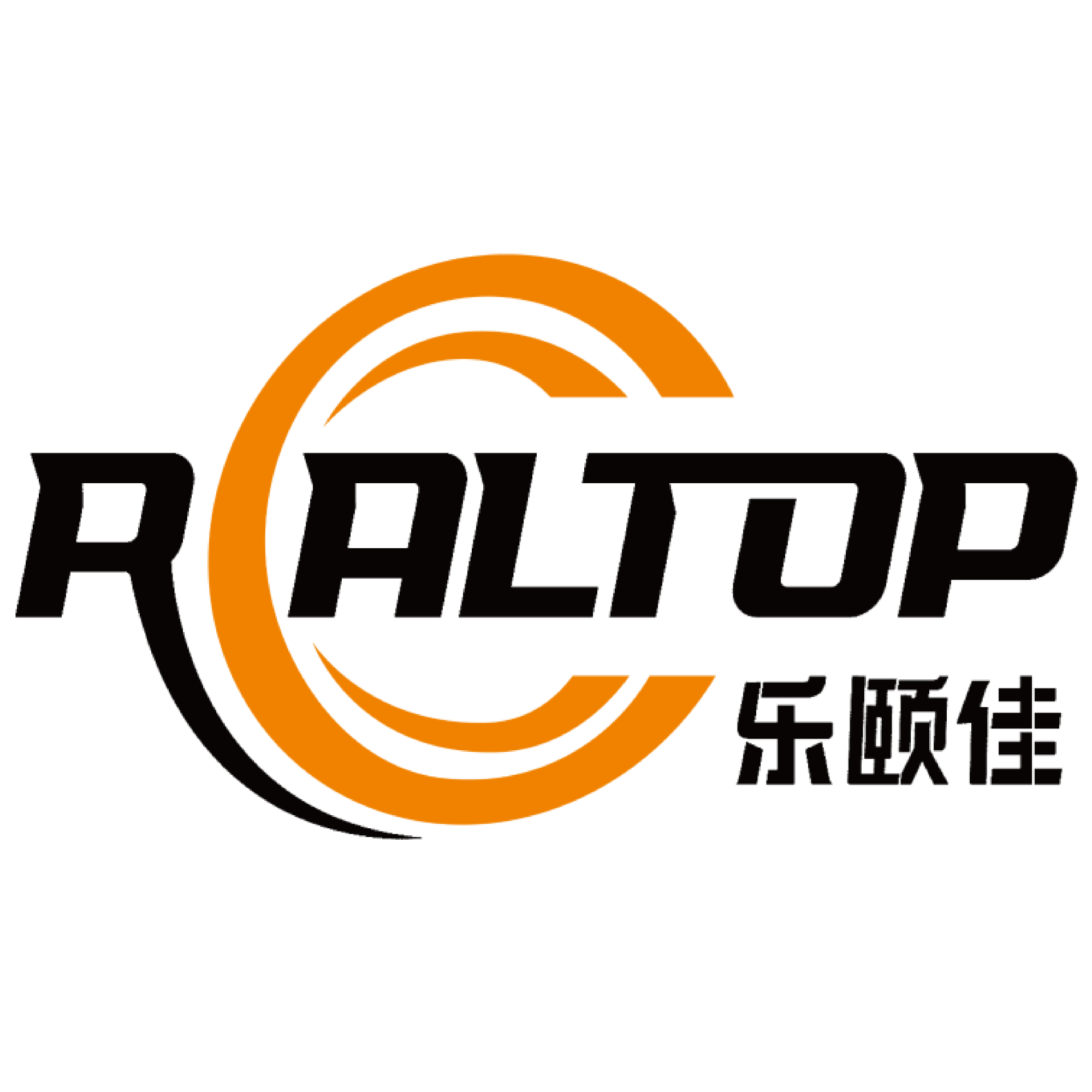Understanding Packaging Cutting Machine Variants
CNC vs Manual Operation Systems
CNC (Computer Numerical Control) machines provide precision and automation, significantly reducing human error compared to manual systems. This technological advantage translates into enhanced productivity, with studies showing that CNC machines can increase operation efficiency by up to 25% over manual counterparts. However, the initial investment for CNC machines can be higher, which makes manual systems appealing due to their lower upfront costs. The learning curve associated with CNC operations is steeper, necessitating specialized training, unlike manual systems that are relatively easy to operate.
Specialized Machines for Fabric and Gasket Production
Fabric and gasket production require different machinery tailored to handle their unique material properties. Fabric cutting machines are often designed to handle soft, flexible textiles, while gasket cutting machines need to accommodate rigid, high-density rubber materials. The market trend is shifting, as indicated by rising demand among fabric cutting machine manufacturers for specialized equipment to cater to specific production needs. Specialized machines, like those designed for fabric cutting, excel in handling delicate fabrics, whereas machines suited for gasket production offer essential features for precision cutting of dense materials.
Comparing Oscillating Knife vs Punching Mechanisms
Oscillating knife mechanisms in packaging offer operational efficiency by achieving smoother cuts, making them suitable for detailed applications. Experts highlight that oscillating knives provide a speed advantage, allowing users to maintain quality while increasing throughput. In contrast, punching mechanisms are ideal for applications that require repetitive and robust cuts. Case studies illustrate productivity gains achieved by adopting oscillating knife systems, demonstrating their versatility and efficiency in various contexts, particularly where precision and fine detail are paramount.
Critical Features for Efficient Packaging Operations
Cutting Precision and Repeatability Standards
Achieving high precision in packaging cutting machines is crucial to ensure consistency and quality across production cycles. Industry standards, such as ISO 9001, emphasize precision as a vital aspect of manufacturing processes, reducing waste and improving product consistency. Minor errors in cutting can lead to increased material waste, affecting profit margins significantly. For instance, a discrepancy of just 1 mm can result in substantial wastage over large volumes, demonstrating why precision is paramount. Furthermore, repeatability in cuts ensures uniformity in outputs, contributing to higher customer satisfaction and diminished variability in product quality.
Automation Levels in Modern Cutting Equipment
Modern trends in automation underscore the profound impact automated cutting systems have on packaging operations. Automation can notably reduce labor costs by up to 40%, freeing resources for other processes. This shift towards automation enhances efficiency rates and cycle times, allowing for quicker turnover and reduced processing times. Case studies of businesses transitioning to fully automated systems illustrate substantial operational gains, including streamlined processes and minimized human error. As such, investing in automation aligns with increasing demand for quicker, more accurate production methods.
Throughput Capacity for Different Production Scales
Throughput capacity is a critical factor when evaluating cutting machines for packaging, as it dictates the machine's ability to handle varying production volumes. Machines with a higher throughput capacity are essential for high-volume production, ensuring faster speed and efficiency. Data comparing different cutting machine models reveal wide variances in scalability, making it imperative for businesses to choose equipment that aligns with their specific production demands. When selecting machines, businesses should carefully consider their throughput needs, aiming for solutions that offer scalability to adapt to changing production requirements and market dynamics.
Material Compatibility Considerations
Optimizing Machines for Flexible vs Rigid Materials
When cutting flexible materials versus rigid substrates, specific operational adjustments are necessary to ensure efficient and precise results. Flexible materials often require softer touch parameters and custom blade selections to prevent tearing or distortion. On the other hand, rigid materials demand sharper blades and higher cutting force to achieve clean edges. According to industry experts, minor adjustments in the machine settings for each material type greatly impact the completion quality. A study found that optimized settings not only enhance cutting quality but also significantly reduce material waste by up to 15% in certain cases.
Multi-Layer Packaging Material Handling
Handling multi-layer packaging materials presents unique challenges due to the complexity and varied composition of layers. Typically, cutting machines need advanced technology that allows for precise adjustments and control. Market trends indicate a growing demand for multi-layer packaging, particularly in the food and pharmaceutical sectors where protective layers are critical. Technological innovations now enable machines to seamlessly handle these complex materials, such as cutting devices with variable pressure and advanced sensor technology that ensure accurate cuts through all layers. This demand suggests that companies investing in such cutting technology could see a competitive advantage in their production capabilities.
Adapting Cutting Parameters for Specialty Substrates
Properly cutting specialty substrates requires a customized approach due to their unique properties. For instance, foam and composites often need adjusted blade angles and sharper or reinforced cutting tools to maintain edge integrity. Textiles, meanwhile, demand precision speed and pressure control to prevent fabric fraying and maximize material efficiency. Selecting the right machine tools tailored to the substrate is essential. Experts advise regularly updating machine parameters and troubleshooting common issues, such as inaccurate cuts or machine obstructions caused by material residue, to maintain optimal performance for these diverse materials.
Cost Analysis and Investment Planning
Initial Purchase vs Operational Cost Breakdown
Understanding the financial commitment involved in acquiring cutting machines requires an in-depth look at both initial purchase costs and ongoing operational expenses. While the upfront cost of a machine might seem high, operational expenses can often surpass this investment over time. For instance, machines like laser die cutting systems can save costs related to die production but may incur higher maintenance fees. Statistical insights reveal that operational costs can vary dramatically depending on the type of machine and its usage. These variations emphasize the importance of considering potential hidden costs, such as labor and upkeep, which are essential for calculating the overall investment.
Understanding Price Variations Across Machine Types
Price variations in cutting machines are influenced by several factors including technology, brand reputation, and manufacturing complexity. For example, laser cutters might command a higher price due to their precision and technology sophistication. Industry reports indicate average pricing disparities among machine categories, emphasizing the need to analyze these factors thoroughly. It is crucial to not only focus on the initial purchase price but also assess the total cost of ownership, which includes potential savings from operational efficiency and durability. Understanding these nuances can aid businesses in making informed decisions that balance cost with functionality and long-term benefits.
ROI Calculation Models for Cutting Equipment
Calculating the return on investment (ROI) for packaging cutting machines involves considering both immediate and long-term gains. Effective ROI models highlight operational efficiency improvements and cost savings as key components. By integrating statistics on ROI timelines, businesses can predict when they will recoup their investments based on enhancements in productivity and reductions in wastage. Real-world examples demonstrate how strategic investment decisions have led to profitable outcomes, showcasing successful applications of such calculation models. These insights help businesses justify expenditures and project earnings, thereby balancing financial decisions with strategic growth plans.
Technical Support and Maintenance Requirements
Interpreting Machine Manuals for Optimal Performance
Understanding machine manuals is crucial for achieving peak performance from cutting machines. The manuals provide detailed instructions that help prevent operational errors and reduce downtime. By thoroughly reviewing the manuals, operators can identify optimal settings and procedures, thus ensuring efficient functionality. Insights from expert technicians suggest that following best practices outlined in manuals can significantly enhance machine longevity and efficiency.
Preventive Maintenance Schedules for Longevity
Creating a preventive maintenance schedule is essential for extending the life of cutting machinery. Regular upkeep can increase machine lifespan by up to 30%, as indicated by data from industry research. Essential components of a maintenance schedule include routine checks, timely parts replacement, and cleaning of critical machine parts. Experts stress the importance of avoiding common maintenance pitfalls, such as neglecting minor repairs, which can lead to catastrophic failures.
Evaluating Manufacturer Service Networks
Choosing equipment from manufacturers with robust service networks can be vital for ensuring minimal downtime and controlling repair costs. Statistics show that effective service support significantly reduces operational interruptions. When evaluating manufacturers, consider factors such as warranty terms, availability of parts, and the geographical spread of service centers. A manufacturer with a strong support network can help maintain machine reliability through prompt repairs and regular updates.
Compliance and Safety Standards
CE Certification and International Regulations
CE certification is pivotal in ensuring that packaging cutting machines comply with international safety and health regulations. This certification confirms that the machinery meets the stringent requirements set by the European Union, fostering confidence among users and facilitating seamless market access. Various markets require compliance with specific regulations, such as the Machinery Directive 2006/42/EC in Europe, which ensures that machines are safe to use. A case study involving a manufacturing company highlighted how achieving CE certification enabled it to expand its market reach across Europe, demonstrating the clear benefits of compliance.
Ergonomic Design for Operator Safety
Ergonomic design is critical in enhancing operator safety and reducing workplace injuries. By designing cutting machines that are comfortable and efficient for operators to use, the risk of strain injuries can be significantly reduced, with research suggesting improvements can lower these risks by up to 40%. Key elements of an ergonomic design include adjustable controls, easy-to-read displays, and reduced operational noise. These features collectively contribute to a safer work environment, ensuring that employees remain healthy and productive.
Dust Extraction and Noise Reduction Features
Implementing dust extraction systems in cutting machines is crucial for maintaining a healthier workplace and complying with safety standards. These systems effectively remove particulates from the air, minimizing respiratory health risks associated with prolonged dust exposure. Excessive noise exposure in industrial settings is another concern, as it can lead to hearing damage over time. Technologies focusing on noise reduction, like soundproof enclosures and quieter motor designs, are increasingly prioritizing safety. Statistics show that effective dust and noise management can create a safer and more compliant working environment.
 EN
EN
 AR
AR
 FR
FR
 DE
DE
 IT
IT
 KO
KO
 PT
PT
 RU
RU
 ES
ES



